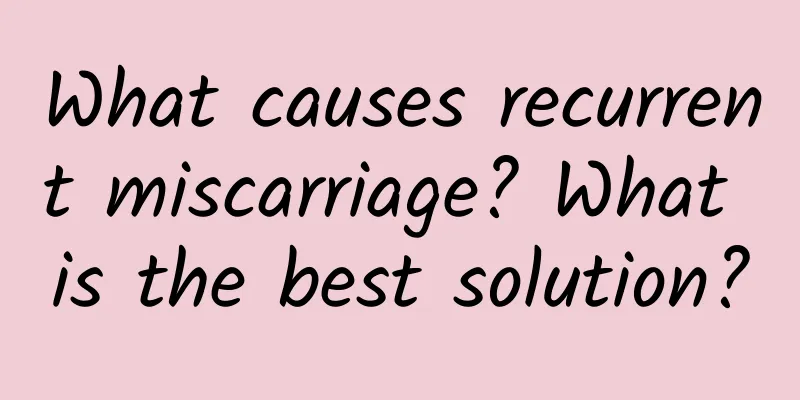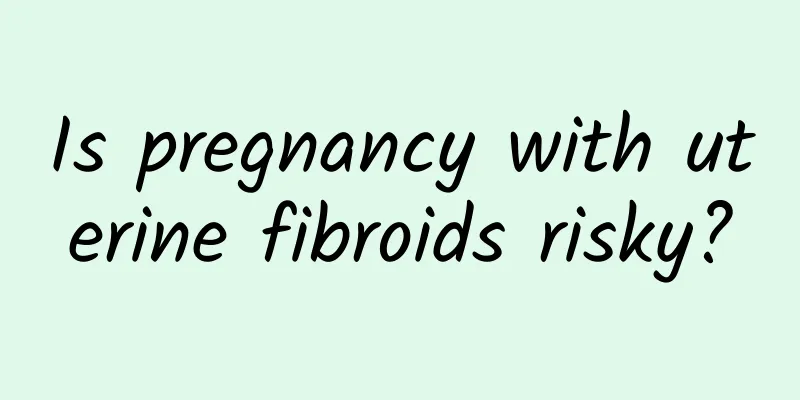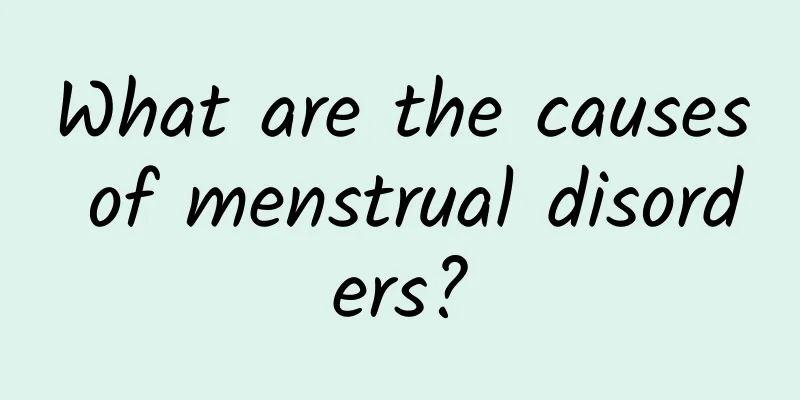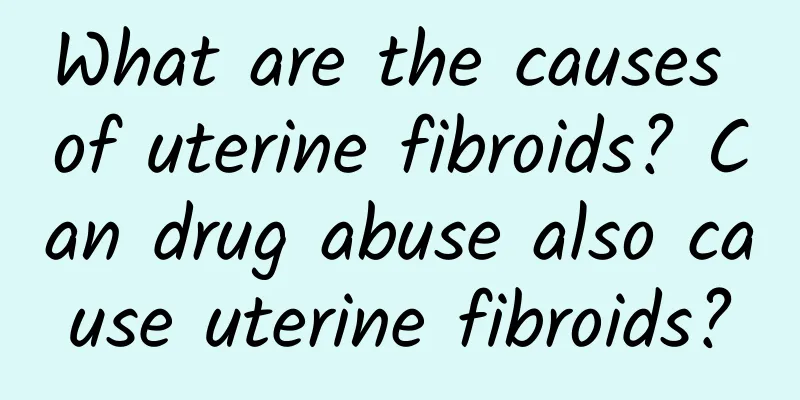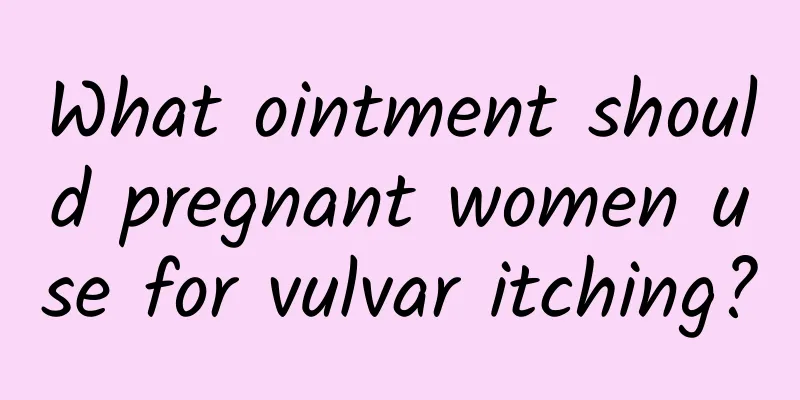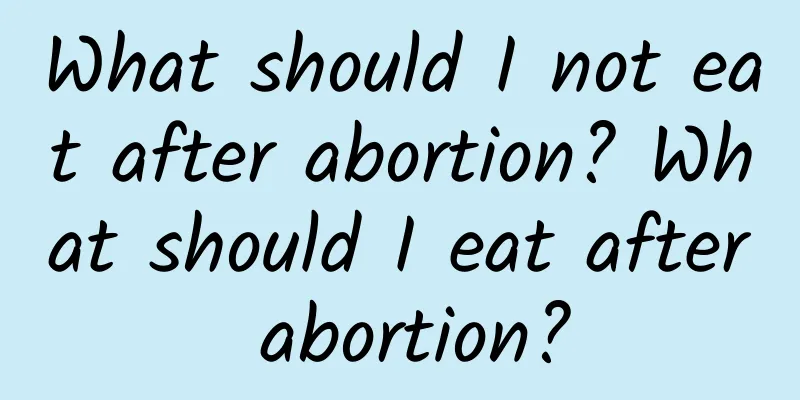What is uterine fibroids? Is it easy to treat? How to treat uterine fibroids?

|
What is uterine fibroids? Is it easy to treat? How to treat uterine fibroids? Uterine fibroids are a common gynecological disease, which refers to non-malignant tumors of uterine smooth muscle cells. The incidence of uterine fibroids is very high in women of childbearing age. According to statistics, about 70% of women will suffer from uterine fibroids during their childbearing years. So, what is uterine fibroids? What is the hope of cure? This article will answer these questions one by one. What are uterine fibroids? Uterine fibroids are benign tumors caused by abnormal growth of uterine muscle tissue. They usually appear in the uterine lining or myometrium, and can be single or multiple. Although uterine fibroids are benign, they can still cause many problems in some women, such as heavy menstrual bleeding, painful intercourse, and pressure on the bladder and rectum. Therefore, early detection and treatment are very important. What are the treatments for uterine fibroids? At present, there are many options for the treatment of uterine fibroids. Generally speaking, the treatment of uterine fibroids includes drug therapy, surgical treatment and interventional treatment. 1. Drug treatment: Drug treatment is one of the most common methods for treating uterine fibroids. Commonly used drugs include oral contraceptives, simple oral progesterone, GnRH drugs, etc. These drugs can regulate female hormone levels, reduce the growth of uterine fibroids and relieve symptoms. However, drug treatment can only provide temporary relief for most patients and cannot cure the disease. 2. Surgical treatment: When the size of uterine fibroids exceeds a certain range or the symptoms are severe, surgical treatment is necessary. Common surgical methods include myomectomy, cesarean section for uterine fibroids, and hysterectomy. Surgical treatment can completely remove uterine fibroids, but it also has certain trauma and risks. 3. Interventional therapy: Interventional therapy is an emerging treatment method for uterine fibroids. Interventional therapy uses a catheter to introduce drugs or physical factors into the blood vessels to block the blood supply of uterine fibroids, thereby shrinking or eliminating them. This treatment method does not require surgery, has little trauma and fast recovery, but its indications are limited. What is the hope of curing uterine fibroids? The hope of curing uterine fibroids depends on the specific situation of the patient. For some uterine fibroids that do not cause symptoms or are small, the condition can be controlled through regular observation and conservative treatment, and surgical treatment is not necessarily required. For those patients with severe symptoms, affected quality of life or other lesions, surgical treatment may be a better choice. For those patients who are not suitable for surgery, drug therapy or interventional treatment are options that can be considered. Uterine fibroids are a common gynecological disease, but not every patient needs immediate treatment. There are many treatment options, including medication, surgery, and interventional therapy. The specific treatment method should be determined based on the patient's specific situation. The most important thing is that patients should detect and actively treat early, have regular follow-up visits, and properly handle the condition to improve treatment effects and prognosis. Remember to consult your doctor at any time to understand the treatment plan that best suits you, so that you can better control and treat uterine fibroids. |
>>: What are the sequelae of removing uterine fibroids? What are the effects of removing the uterus?
Recommend
Key points of postoperative care for uterine fibroids that require high attention
Surgical treatment is one of the treatment method...
Experts teach you how to effectively prevent ectopic pregnancy
Although the incidence of ectopic pregnancy is no...
Are fruits and whole grains good for your health? Should we eat more of them? Slimming Queen: The Devil is Hiding Here…
People who are trying to lose weight may often he...
What are the diagnostic criteria for uterine fibroids?
Uterine fibroids are a common gynecological disea...
What are the symptoms of chronic cervicitis? 3 symptoms indicate that you have chronic cervicitis
Chronic cervicitis is a common genital inflammati...
How to relieve dysmenorrhea in women
Nowadays, due to excessive stress, many women are...
Drinking soup for one meal a day can help you lose weight? Adding spices + doing these things works better!
When it comes to weight loss, the first thing tha...
What diseases are different from vulvar leukoplakia
Vulvar leukoplakia is more common in female patie...
Can women with mild cervical erosion wear an IUD? Is mild cervical erosion contagious?
Mild cervical erosion is not a very serious disea...
Cost of Hyperprolactinemia Recovery
How much does it cost to recover from hyperprolac...
Here are some symptoms of vulvar leukoplakia:
Vulvar leukoplakia is one of the common gynecolog...
American beef storm! New Taipei City Health Bureau inspects 70 more stores
After a well-known steakhouse was found to use Am...
Pay attention to the hygiene of the vulva after artificial abortion
After an artificial abortion, you must pay attent...
The 3 most important parts of your body that you want to lose weight in! Genes determine where you lose weight, master these two keys to sculpt your ideal body
The weather is hot in the summer, and there are m...
How long is the recovery time after uterine fibroid surgery? What are the precautions for preventing uterine fibroids?
In the past, the age for hysterectomy for patient...
